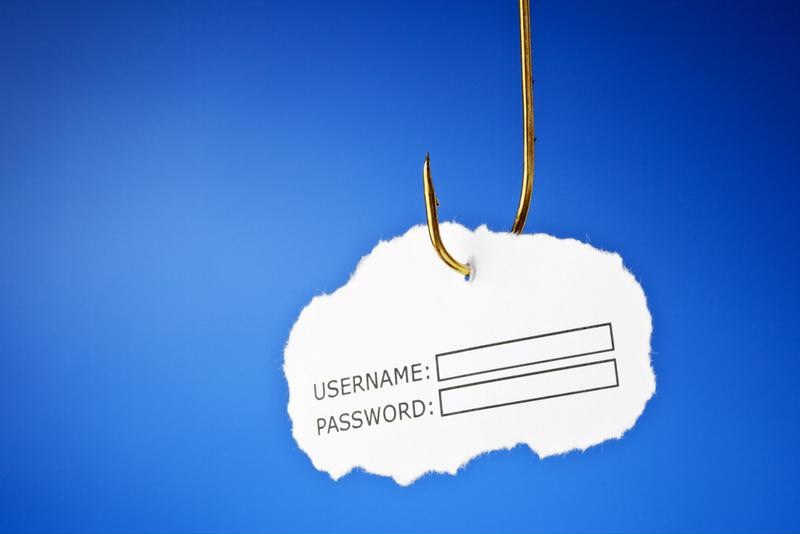Information security is a top priority for all businesses – small or big – these days. There’s an ever increasing dependency on data and subsequent need to protect it. Most IT teams end up lacking either the time or the expertise or the budget to deploy and manage a robust IT security strategy. Building a comprehensive SIEM might be a long shot with these challenges – also this costs thousands of dollars. And working with MSSPs might not be a viable option for all types of businesses – not to mention, managed services require vigilant management of SLAs. There is a definite need for low-maintenance endpoint security.
It all comes down to investing wisely in threat detection and response solutions, based on varying security challenges and business needs. Here are some tips to ensure low-maintenance endpoint security.
1. Active Anti-Virus With Event Logs
A comprehensive, active threat detection software that constantly runs in the background of all computers is a significantly cheaper alternative to say, a SIEM. Active protection accomplishes three critical directives:
- Establishes network firewalls.
- Closely monitors open applications in real time.
- Logs all events by computer, event date and time, event type and application in a central dashboard.
The result is a relatively hands-off, but effective approach to cyberattack prevention and threat detection for computing environments.
2. Educating Employees
According to DarkReading, 91 percent of cyberattacks start as phishing attacks. Everything from ransomware and root-kit injections to theft of personally identifiable information (PII) often start off as an email-based scam. As problematic as this may seem, a little bit awareness can go a long way. Here are just a few simple tips to share with employees, some of which are actually quite easy to enforce:
- Disable the automatic launching of macros in productivity tools.
- Don’t click on links or download attachments from unknown senders.
- Forward any suspicious emails to the IT department.
- Always verify the validity of an email requesting a password reset with the IT department.
- Never send money or PII in direct response to an email request for this information (even if it’s the CEO).
- Change passwords regularly, and always use a number, capital letter and special character.
Putting these six bullet points into an email every other week can go a long way toward combating credential theft, preventing the accidental execution of malware, reducing the odds of succumbing to fraud and, in general, improving overall security posture.

3. Simplifying Incident Response
Even enterprises that spend tens of thousands of dollars every month to fund their own internal security operation center experience intrusions. As such, organizations of all sizes need an incident response plan, and ideally, one that allows for swift remediation of cyberattacks.
One of the more novel approaches to IR is utilizing reboot to restore software. Traditionally a tool that was meant to prevent configuration drift on computers, reboot to restore has become increasingly valuable in such situations. It enables end users with a DIY method to tackling unwanted downtime and ensure computer sanitation, without much dependency on IT teams.
Intrusions may not be unavoidable. And they certainly don’t have to be devastating. Click here to learn more about how ‘Reboot to Restore software’ works and how it can help in ensuring low-maintenance endpoint security.




